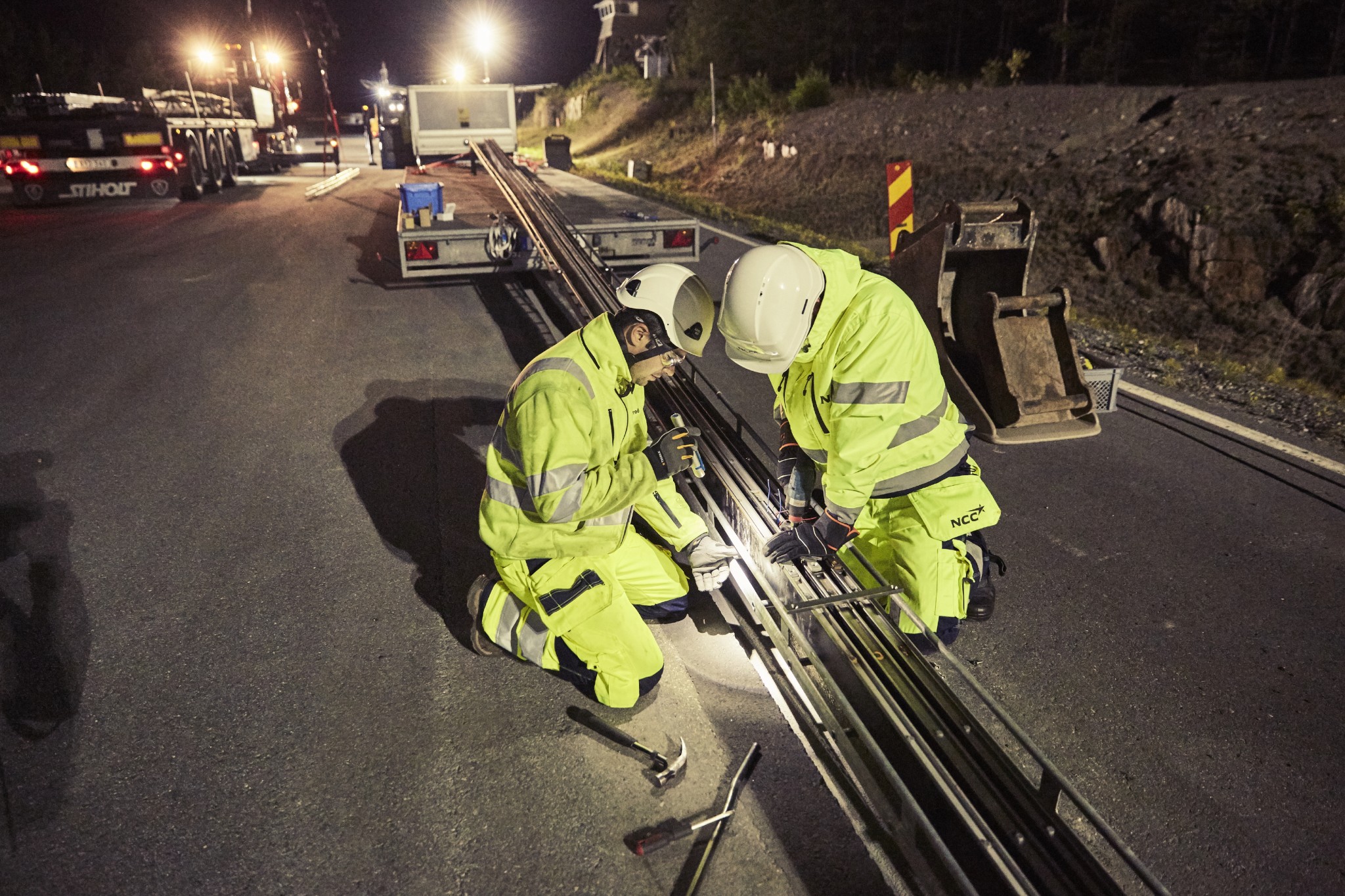- Sustainable Planet -
- 2mins -
- 170 views
Unique electrified road enables fossil-free road transport
This Swedish innovation is the first road of its kind to allow both commercial and passenger vehicles to be recharged while driving.
Charge while driving — powered by electricity from the road
Imagine if you could top up your batteries while actually on the move. The latest smart technology from Sweden says you can. To overcome the challenges of electric vehicles’ limited range, eRoadArlanda combines battery power with direct power feeds while the vehicle is in motion, literally keeping your batteries charged up as you drive.
Why electrified roads are heading in the right direction
There remains little doubt that the use of fossil fuels must be reduced, and quickly. Meanwhile, road transportation is expected to increase 59% by 2030.
To reduce carbon emissions, several solutions must be combined: such as biofuels, electrification and energy optimisation. By electrifying roads, existing infrastructure can be utilised to reduce both energy consumption and carbon emissions.
This Swedish innovation is the first road of its kind to allow both commercial and passenger vehicles to be recharged while driving. To overcome the challenges of electric vehicles’ limited range, eRoadArlanda combines battery power with direct power feeds while the vehicle is in motion.
What’s more, it knows exactly who to charge and how much. The system calculates a vehicle’s energy consumption, enabling electricity costs to be debited per vehicle and user.
Both sustainable and cost-effective, this solution allows existing public roads to be energised with an electric rail to power and recharge vehicles during their journey. Up to one kilometer of rail can be installed per hour and interruptions can be minimised by installing the system at night.
Why electric? Electricity is a cleaner, quieter and less expensive source of energy than diesel, with up to 90% reduction in carbon emissions by comparison.
From Norway to the Mediterranean coast non-stop!
This climate-smart and inexpensive method combines the advantages of rail transport with the flexibility of trucks, and it’s a long-distance winner. Over very long distances electricity is superior to present-day systems with internal-combustion vehicles.
If the system were to be implemented across Europe, it would be possible to drive from the North Cape in Northern Norway, all the way down to the Mediterranean coast of Malaga in Southern Spain without having to stop to refuel.
Source: ERoadArlanda



